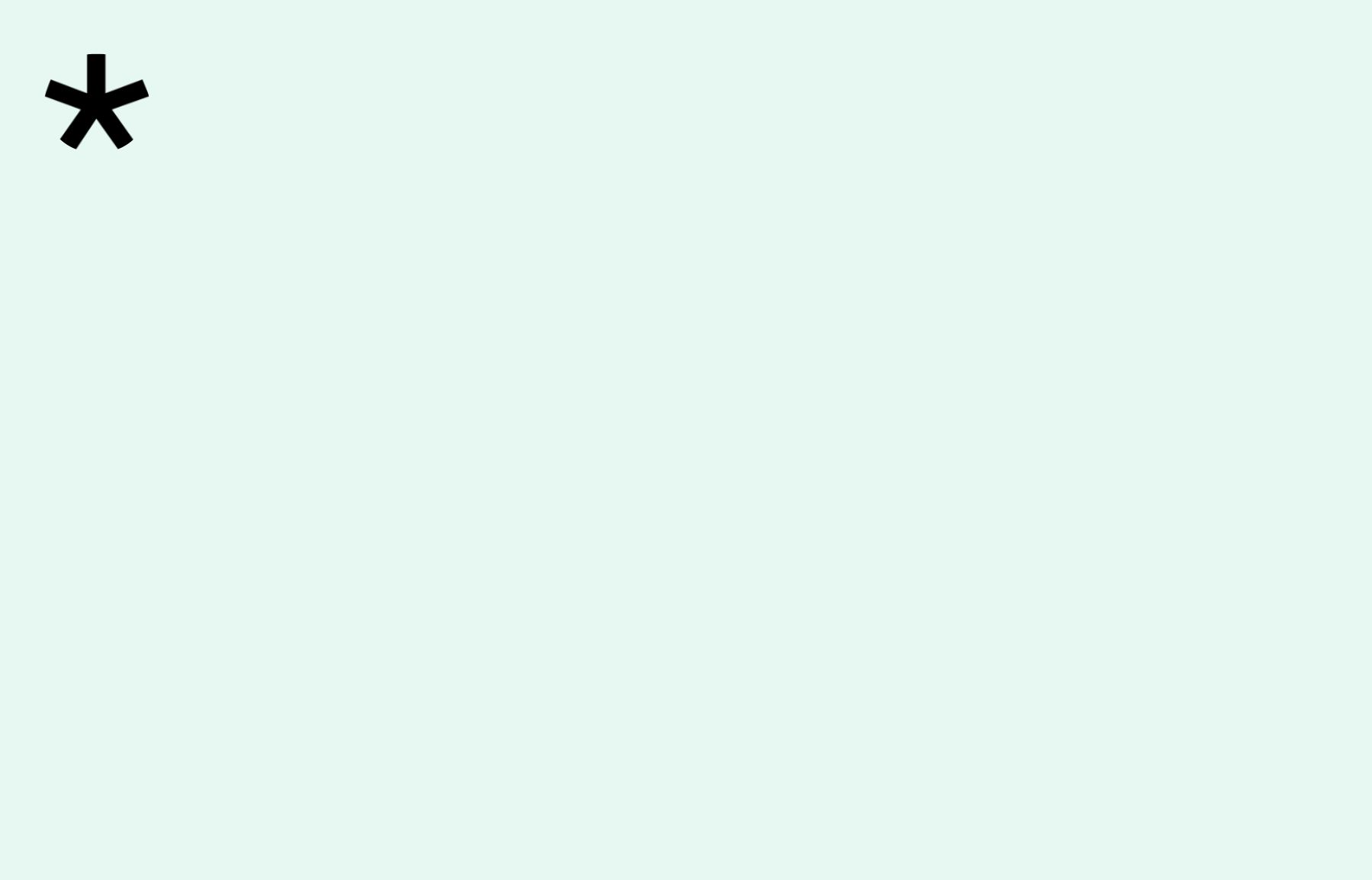Italy, Visual Arts, 1964
Emilio
Vedova
Emilio Vedova (b. 1919 in Venice, d. 2006 in Venice) lived and worked in West Berlin from late 1963 to mid-1965. He was one of the first fellows of the international Artist-in-Residence Program established by the New York-based Ford Foundation in 1963, which in 1965 became the DAAD Artists-in-Berlin Program. By the time he came to Berlin, Vedova could already look back upon his considerable achievements as an artist and activist. In 1942 he joined the antifascist artists’ and writers’ association Corrente, and in 1946 he co-founded the Nuova Secessione Italiana, later known as the Fronte Nuovo delle Arti, a movement aimed at renewing Italian art following the period of fascist rule. That same year, together with Ennio Morlotti and other members of the group, Vedova published the manifesto “Oltre Guernica” (Beyond Guernica); the signatories espoused painting as a political action and urged artists to engage with reality through figuration, without being naturalistic. In 1952 Vedova joined the Gruppo degli Otto, a group of eight painters that was founded as an artistic antithesis to neorealism, and became one of the leading Italian exponents of Arte Informale in the 1950s and early 1960s. In the mid-1950s Vedova’s paintings became increasingly abstract: a geometric phase was followed by a more gestural and spontaneous style. In 1955 he was one of the few contemporary artists invited to take part in the first documenta in Kassel, which was mainly aimed at introducing the artistic avant-garde of the pre-war period to a German audience. In the early 1960s, Vedova, like many other artists of his day, sought to move beyond the panel painting by opening it up into three-dimensional space. During his stay in Berlin, he created a series of relief-like assemblages—such as Berlin ’64—that incorporated everyday objects and newspaper clippings. At the time—just three years after the wall had been built—Berlin was a divided city at the beginning of a new era. In this charged atmosphere, Vedova created the Plurimi from the Absurdes Berliner Tagebuch ’64 cycle—an early environment that would now be termed a spatial installation. This major work was produced for documenta 3, where it was shown in a section devoted to “Painting and Sculpture in Space.” The striking construction, made up of jagged wooden elements painted with gestural brushwork in clashing colors—some linked by hinges, others freestanding on the floor or hanging at odd angles from ceiling hooks—was a combination of his early Plurimi and represented, as he put it, “the possibility of mobility on different gestural levels.”
Vedova participated regularly in the Venice Biennale, having made his debut there in 1948, and in 1997 he was awarded the Golden Lion for Lifetime Achievement. He also exhibited four times at documenta in Kassel (first documenta, 2, 3, and 7). Vedova maintained close ties to Berlin after his DAAD fellowship, and in 1993 he was appointed a member of the Akademie der Künste. In 2002 he donated his monumental Absurdes Berliner Tagebuch ’64 to the Berlinische Galerie; it was shown here in a major respective in early 2008, just over a year after the artist’s death, and the installation now occupies a central place in the museum collection.
Text: Eva Scharrer
Translation: Jacqueline Todd


